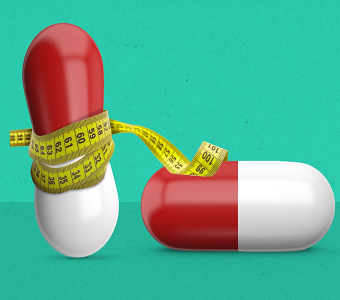Dendreon (DNDN) surprised early on Tuesday, as shares were up nearly 9% in early trading despite disappointing third quarter sales for its Provenge treatment for prostate cancer. However, the shares gave back early gains as investors realized that DNDN still faces hurdles from an execution standpoint.
Net product revenue for the quarter was $68 million compared to $77.9 million for the quarter ended September 30, 2012, down 12.8% year over year. Investors had been looking for revenues in the $73 million range. On its conference call, the company attributed the shortfall to competitive headwinds from oral therapies by Johnson & Johnson (JNJ) and Medivation (MDVN) as well as a number of vacancies in its sales territories, but commented that its strategic realignment to focus on large accounts was starting to bear fruit.
The number of large ($2+ million) accounts in the third quarter rose sequentially to 94, up from 85 in the second quarter and 54 in the first. Patient enrollments in October were the highest of the year and management noted that if these enrollments convert to therapy at historic rates, sales in the next two quarter should benefit meaningfully, although they failed to provide specifics.
At the same time, it appears that DNDN is fine-tuning its pitch for Provenge from a standalone treatment to part of a total solution for patients with prostate cancer. Management noted that they see evidence of cross-resistance for patients receiving oral therapies (which are hormonally based) particularly in patients with refractory cancers and following chemotherapy. If this evidence proves to be true, it could help define the market for Provenge sales separately from that of JNJ and MDVN’s oral therapies. It remains to be seen what the long-term revenue run-rate can be for the treatment.
Much of the investor conference call focused on cost reductions and management’s path to profitability. With the highest debt-to-equity ratio in the biotechnology sector, DNDN’s debt load has the potential to create significant liquidity issues as Provenge sales ramp far slower than expected.
DNDN’s COGS were surprisingly high this quarter, running nearly 72%, compared with an expected rate of 60% or less. COGs in the quarter included an additional $6 million of costs that may be recoverable under insurance; however, even if these costs are removed, DNDN’s COGs rate was still nearly 64%.
To address the cost issue, DNDN announced a restructuring plan. The plan will remove more than $125M in cash operating expenses from the company’s 2013 run rate, representing a reduction of approximately 20%. These reductions will come from all expense categories. Cost of goods sold are expected to decline by approximately $30M. DNDN will implement the plan immediately and expects that the net benefits will begin to be realized as early as the first quarter of 2014
Over the longer-term, DNDN looks for COGs in the 30% range, although the company would not say whether it was upper or lower 30%, nor the revenue run-rate needed to hit those margins. Much of the margin improvement will come from increased automation for its manufacturing process. This will result in savings from (1) better staff multi-tasking, (2) ability to do production outside of a vent hood (which will be more efficient as well as reduce compliance costs) and (3) the ability to better match production to fluctuating demand.
As of September 30, 2013, Dendreon had $233.3 million in cash, cash equivalents, and short-term and long-term investments.
The question for DNDN, ultimately is, “What is the exit strategy?” Bullish investors believe that the company will be bought out on the value of Provenge alone, – we have our doubts. Others believe that the outlook for Provenge is still hazy, and coupled with the company’s heavy debt load, that buyers will see DNDN as too much work relative to the benefit. In that case, DNDN’s stock could decline further and may never attract a buyer. In addition, it’s unclear how DNDN would fare as a long-term standalone. Even if Provenge turns out to be a $400 million-plus drug, will DNDN have the resources (both financial and managerial) to compete against the large multinational drug companies? We remain pessimistic about DNDN.




